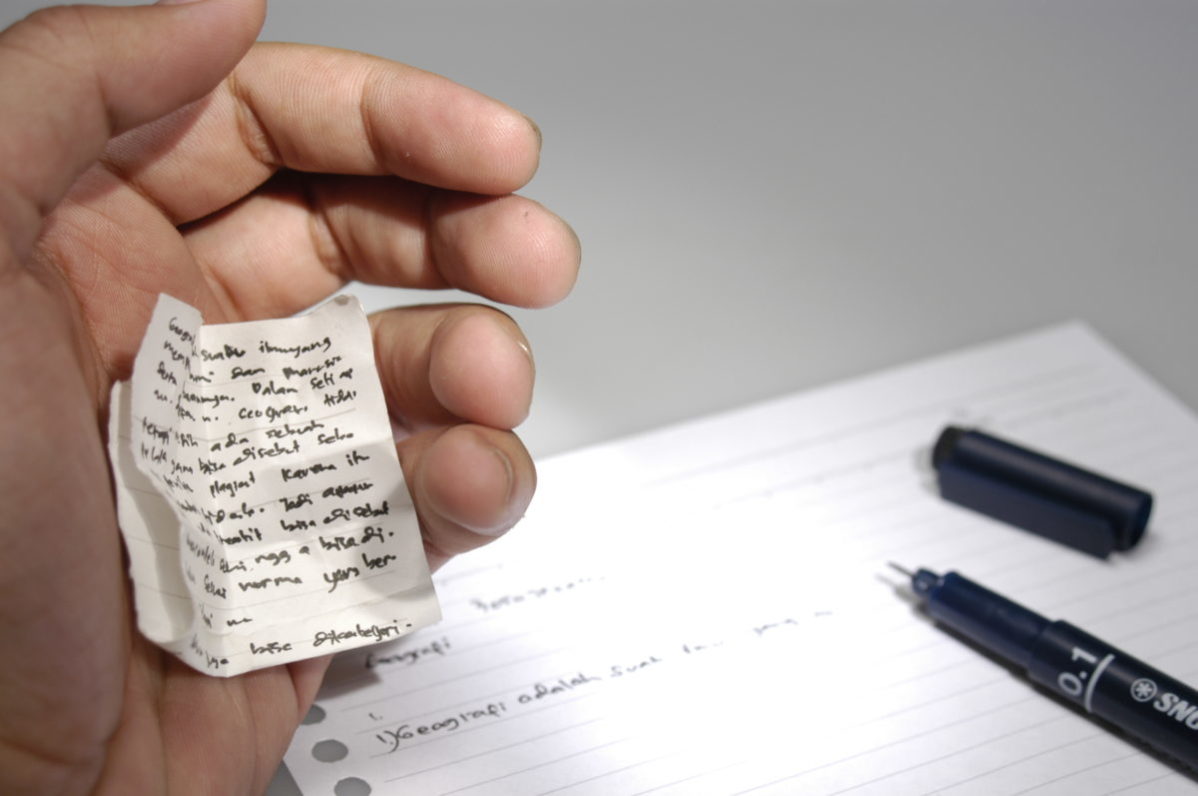College is testing three different anti-plagiarism programs to determine which to introduce into classrooms
Cheating George Brown College (GBC) students are going to have a harder time scoring easy marks going forward, if plagiarism-detection software is introduced to the college’s academic environment, as the Information Technology Systems (ITS) department recently explored.
The focus of the college council meeting for March was integration of technology and learning systems at George Brown.
In the past, the speed of the wireless internet had been addressed to allow students to better access websites and programs that required faster connections to save data and their battery power.
But more recently, the focus has turned to integrating plagiarism detection programs into the classroom, for the benefits of both professors and students.
The college’s policy on plagiarism is straightforward. As per the student code of conduct, plagiarism is any form of quotation or words that belong to someone else that are not cited or the author is not given attribution.
Consequences for students caught plagiarizing range from receiving a grade of zero on the assignment, to suspension or even expulsion if they are discovered to have intentionally used the academic property of someone else without giving them credit.
And students who are doing the plagiarizing aren’t the only ones who can be penalized. The code of conduct states that, “if the college discovers that a student has knowingly provided illegal assistance to fellow student in an examination or assignment, then that student will also receive a mandatory grade of zero on the examination or assignment in question.”
So how do the new programs factor in to all of this?
ITS is currently testing three different program models to determine which will be the right fit for George Brown. This includes Turnitin, which uses its revision techniques to detect text matches in the assignment with sources in their database and gives the match in a percentage form.
The Turnitin website emphasizes that it doesn’t necessarily detect plagiarism itself but rather if matching text has been properly cited, so it’s up to the writer of the paper or the professor assessing it to determine if flagged content is, in fact, plagiarism.
The second program being tested is Blackboard’s integrated plagiarism detection program, SafeAssign, which, according to their website, is used to not only detect plagiarism in Dropbox submissions, but also can be used as a learning tool to teach students how to effectively attribute sources and not just paraphrase them.
SafeAssign works similarly to Turnitin, in that it detects overlap between the submitted assignment and its database of sources.
The third program is Grammarly, which is a free online proofreading platform that can be downloaded as a browser extension for Chrome, Safari and Firefox. According to their website, the program can detect over 250 spelling, grammar and punctuation errors, enhances vocabulary usage and suggests citations.
The program also offers a premium upgrade, where users pay for either on a monthly, quarterly or annual plan. Grammarly Premium can detect plagiarism and has the added benefit of Grammarly Premium for Microsoft Office, which can be used directly in Microsoft Word and Outlook.
For some professors who can’t wait for the plagiarism detectors to be integrated into their courses, they turn to their own online resources, such as PaperRater, which is free to use and allows students and professors to drop their full paper into the text box and have it compared to “billions of online pages.”


